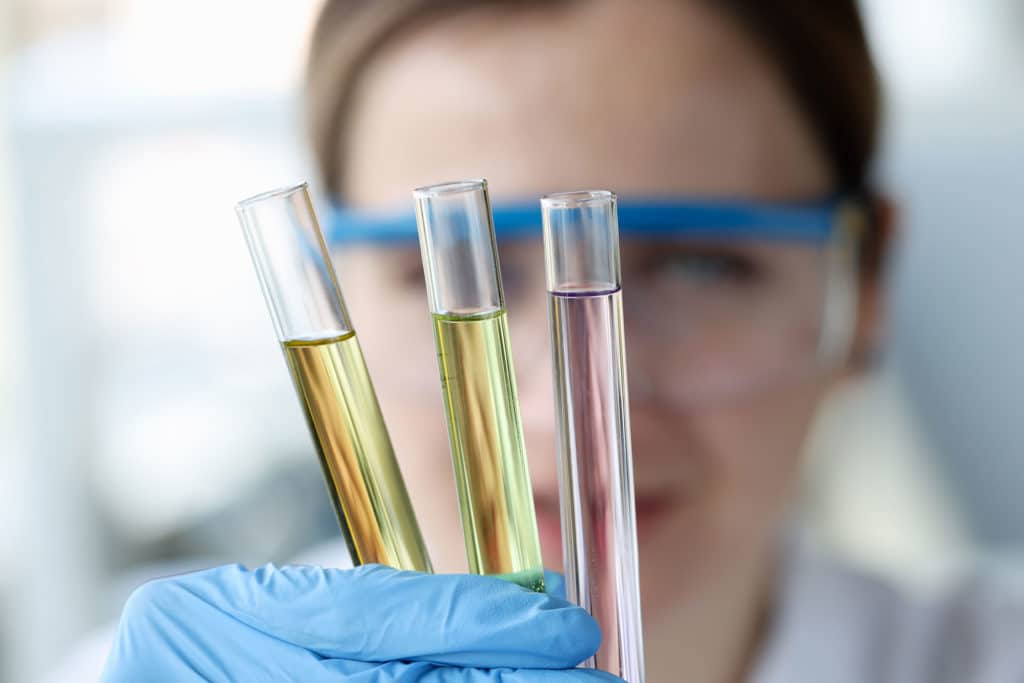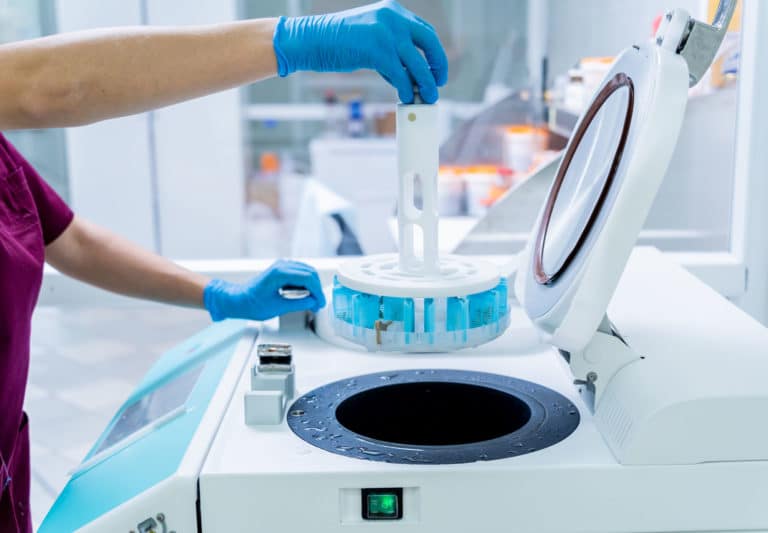The Pros and Cons of Using a Xylene Substitute
The Use of Xylene in Histology Laboratories
In histology laboratories everywhere, xylene is applied during the process of staining tissue samples.
Xylene’s vital purpose: a slide sample chemical clearing agent.
Clearing agents make the tissue on a slide easier to read.
Why? Because the clearing agent makes the tissue on a histological slide sample clearer and more transparent, and ultimately easier for the histologist or pathologist to read.
“Clearing” is a crucial part of proper tissue processing handled by the pathologist or histologist once the water has been taken out of the tissue, to be read and studied.
What Is Xylene Used For?
In the lab, histopathologists study various tissues when performing H&E staining to see if there is an indication of disease. For this type of tissue processing, water must be removed from the sample. Once the tissue is dehydrated, it then must be contained in a substance – like paraffin wax – so that the tissue can be sliced and studied without being destroyed.
Since wax is not soluble in water, xylene is used to replace the water in the tissue so that an H&E tissue stain can be completed. Thus, with the application of xylene to the slide, wax is given the ability to penetrate the tissue.
Once the wax has infiltrated the tissue sample, the sample is ready for the next processing step.
Xylene Substitutes
Although xylene continues to be accepted as the highest quality chemical clearing agent in H&E staining, the chemical and its vapors can present various health risks and hazards to lab technicians. It is for this reason that new xylene stand-ins have been developed, and are available, for safer tissue processing.

Common xylene substitutes include:
- Naphthenic:
- Naphthenic solvents are known to perform at higher rates than xylene. Since naphthenic solvents have a different chemical structure altogether, they do not present xylene-related health threats to lab researchers
- Unlike xylene, naphthenic solvents do not have highly noxious odors, making them easier and safer to work with under any lengthy time periods
- d-limonenes:
- While d-limonenes chemicals are another popular xylene substitution, they have certain toxicity levels due in part to their strong odors. d-limonenes are not compatible with all mounting media types and are more slow-drying than xylene. Despite these issues, they are still commonly used as a workable xylene substitute
The xylene substitution list goes on! There are many types of stand-ins available for use today.
The Pros and Cons of Xylene Substitutes
When choosing a xylene equivalent, research the substances in order to achieve the performance you need while minimizing hazards to lab workers.
Some Pros of Xylene Substitutes:
- Toxicity levels are lower
- Ability to be recovered by the distillation process
- Lower skin irritation
- Nonflammable; biodegradable
- Ensures minimal sample tissue shrinkage
Some Cons of Xylene Substitutes:
- Many xylene substitutes are more costly than xylene itself
- Some substitutes do not biodegrade easily
- There exist substitutes that are less contamination-tolerant
- Some xylene substitutes can’t be distilled
- There are a number of xylene substitutes that take more time to dry completely
Researching xylene substitutes and weighing their pros and cons comes down to this: find what works best for your lab work while ensuring there are fewer health hazards and better working conditions for your technicians.
Contact us today with any questions about your histological laboratory needs.







